Crucial Archaeological Discoveries Uncovered- Related to the Bible
For thousands of years, the Bible has guided the followers of Abrahamic religions, instructing them on the laws of God and encouraging practitioners of the faith to live a life of repentance, good deeds, and gratitude.
While some may interpret the Bible’s stories as myths used to underscore the importance of God’s law, it’s important to acknowledge the dedication of scholars and archaeologists who have spent centuries searching for evidence to suggest the Bible’s historical accuracy. Here, we present 10 of the most significant archaeological discoveries that support their theory.
The Tel Dan Inscription
First discovered in 1993 at the ancient site of Tel Dan in northern Israel, the Tel Dan Inscription is a partial piece of an Aramaic stele etched with inscriptions dating back to around the 9th century CE.
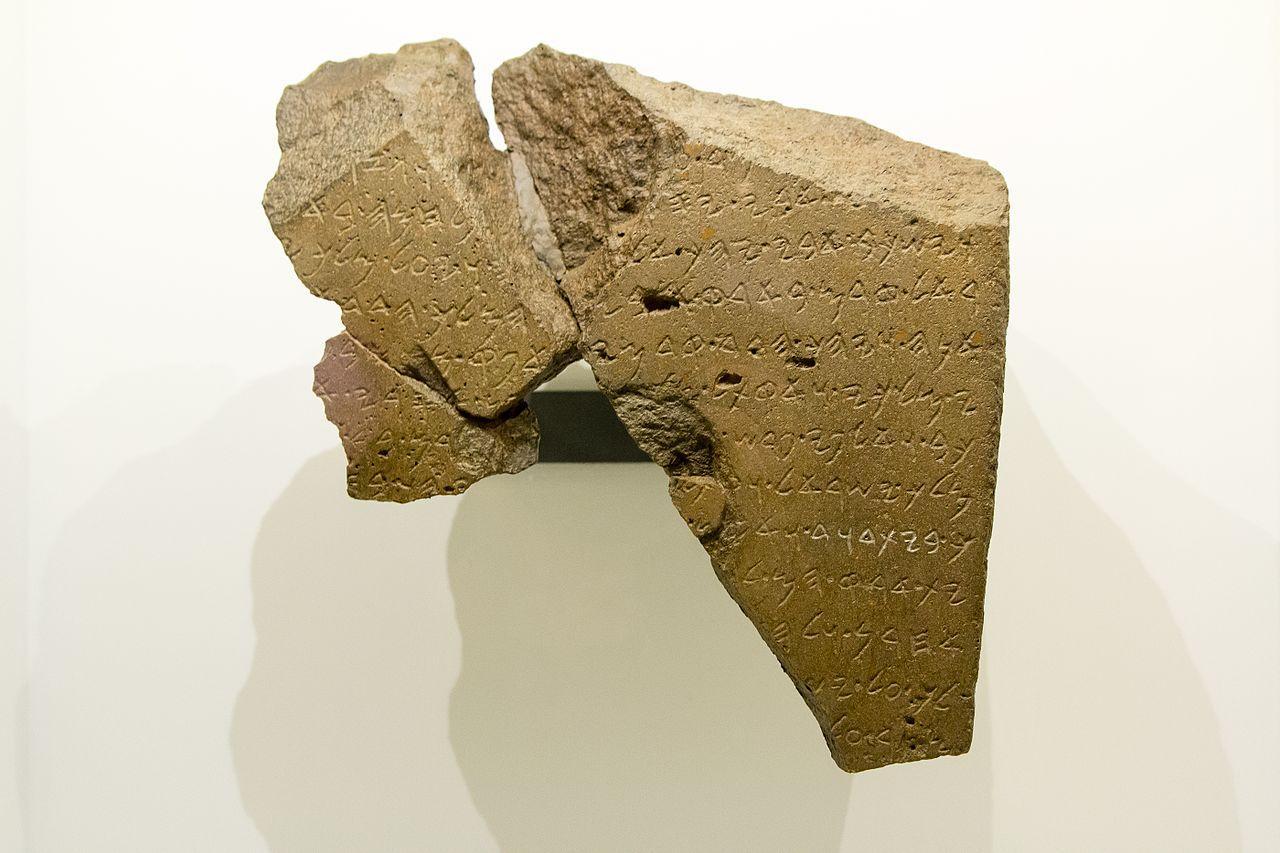
Source: Wikimedia
One fascinating aspect of the artifact is an inscription that mentions the “House of David,” providing researchers with the earliest known evidence that King David, the father of Solomon, and his dynasty did, in fact, exist.
The Merneptah Stele
Dating back to around the 13th century BCE, the Merneptah Stele is an ancient Egyptian artifact inscribed with hieroglyphs that contains one of the earliest mentions of the Israelites.
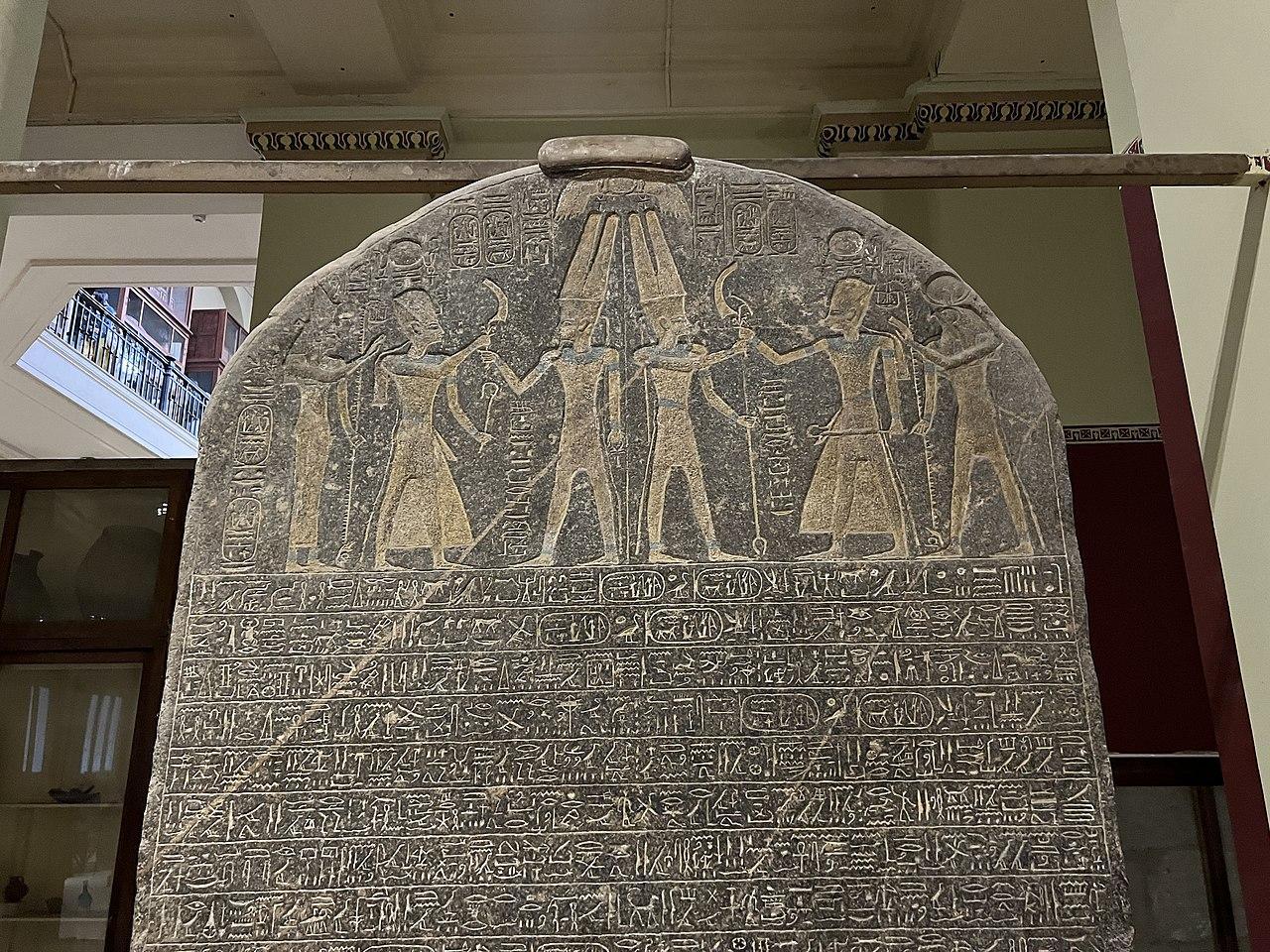
Source: Wikimedia
According to the writings on the stele, the Jewish people’s ancestors were defeated in battle by Pharaoh Merneptah in ancient Canaan. This artifact is unique as it is so far the only extrabiblical reference to Israel from Egypt.
The Caiaphas Ossuary
One intriguing archaeological discovery unearthed in southern Jerusalem back in 1990 was the remains of a 60-year-old man, a woman, a young boy, two children, and a toddler bearing the inscription “Yehoseph bar Qaiapha.”
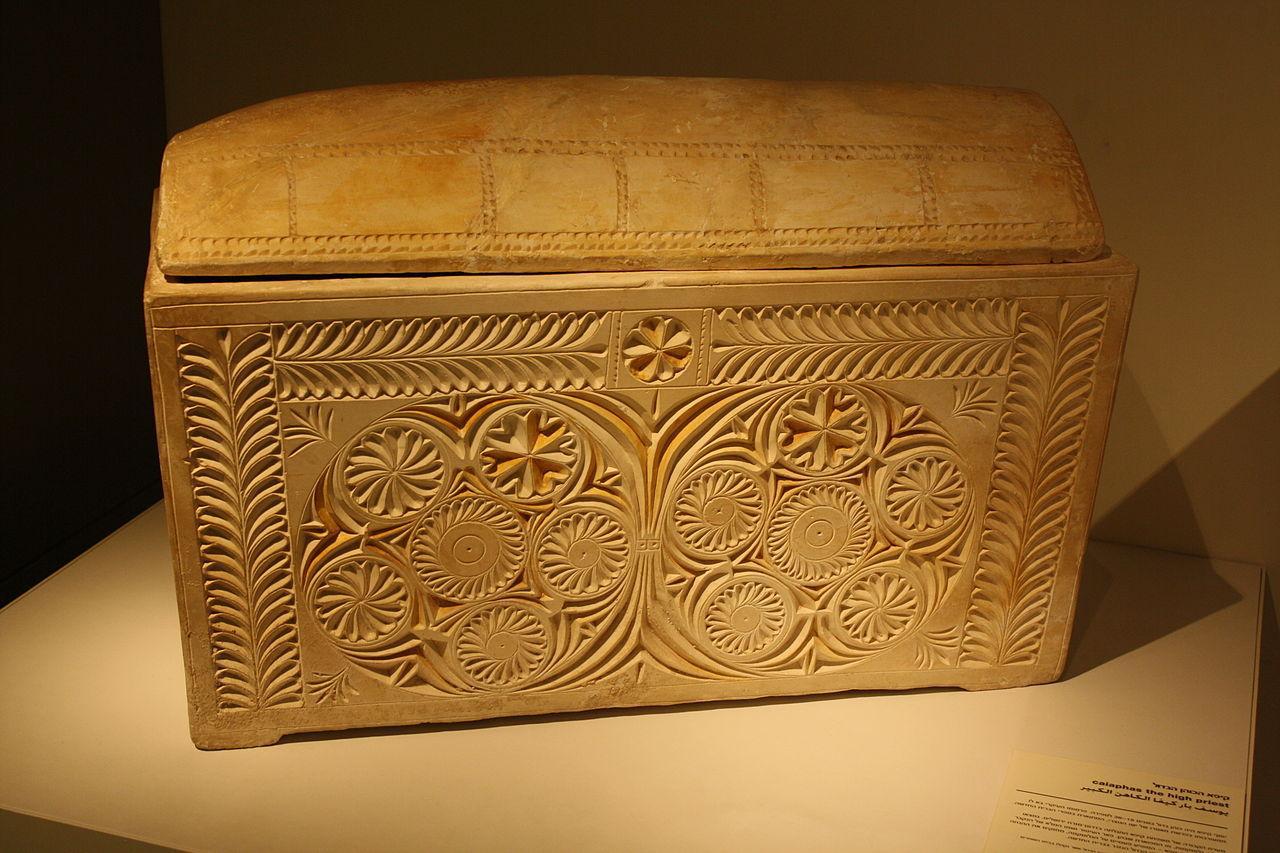
Source: Wikimedia
Known as the Caiaphas Ossuary, archaeologists suggest the remains may date back over a thousand years and belong to high priest Joseph Caiaphas, who presided over Jesus’ trial.
The Dead Sea Scrolls
One of the most impressive and unique finds of the 20th century is the Dead Sea Scrolls, a collection of ancient Jewish manuscripts unearthed in the Qumran Caves near the Dead Sea between 1946 and 1956.
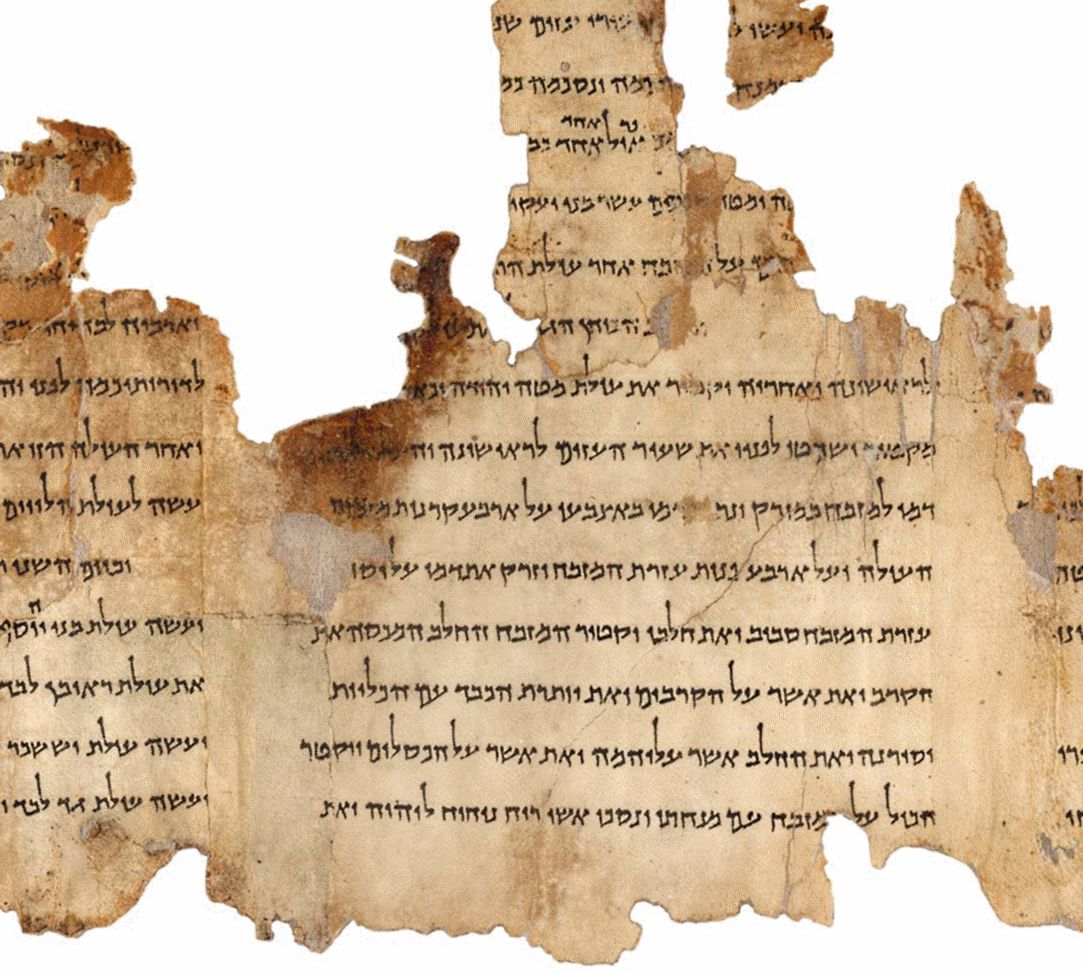
Source: Wikimedia
Many of the scrolls, which date between the 3rd century BCE and the 1st century CE, contain the oldest surviving manuscripts of biblical books that are still considered canon today. They also contain deuterocanonical manuscripts which date back to the late Second Temple Judaism.
The House of God Ostracon
During an excavation in Tel Arad in the 1960s, archaeologists unearthed more than 200 pottery shards inscribed with ancient text, known as the House of God Ostracon.
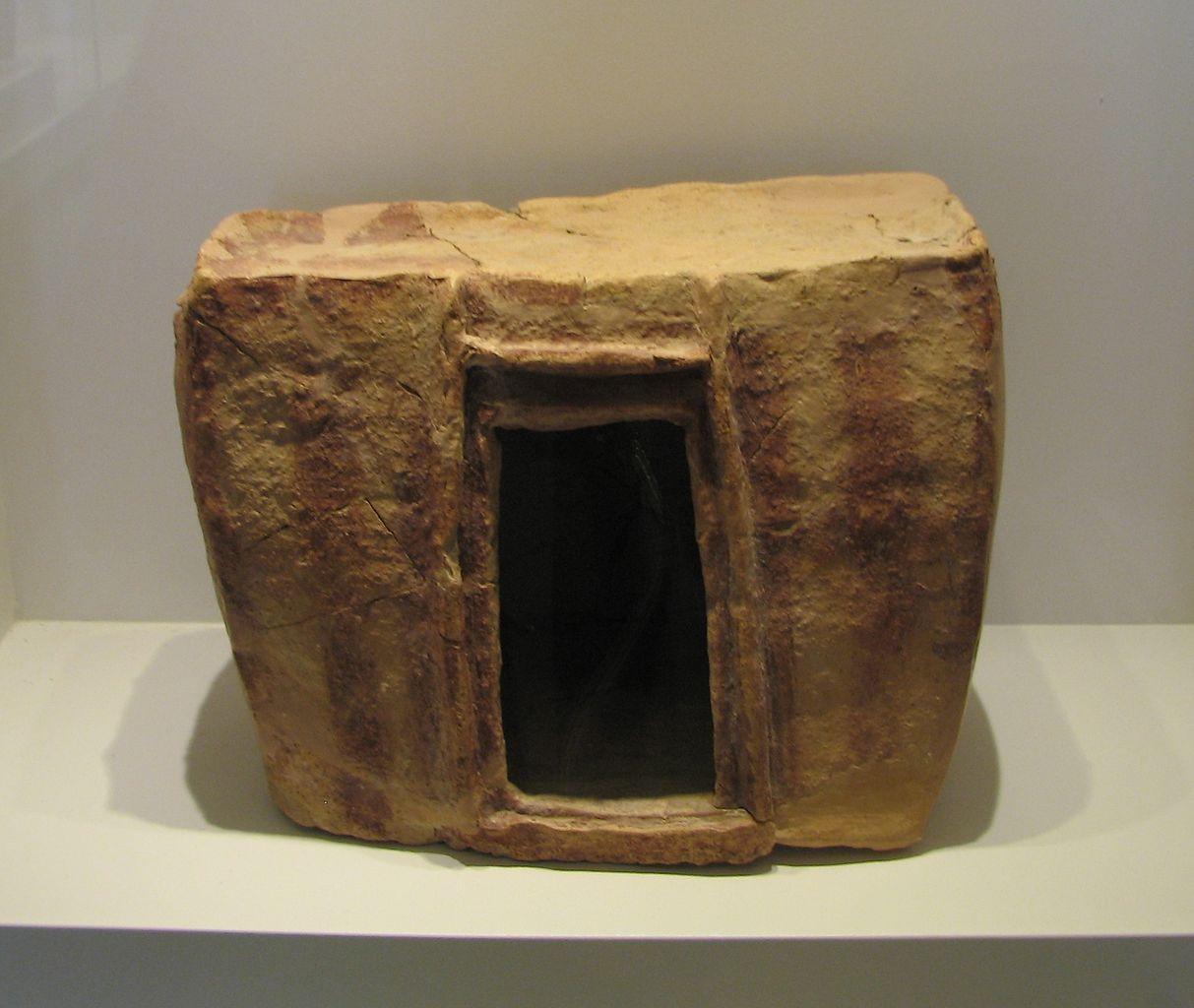
Source: Wikimedia
Following a lengthy analysis, researchers determined the shards dated back to at least the 6th century BCE. The inscriptions mentioned the temple in Jerusalem and several people who appear in biblical texts.
The Pilate Inscription
The Pilate Inscription is a unique archaeological item discovered by researchers in Caesarea, an ancient port city on the eastern shores of the Mediterranean Sea.
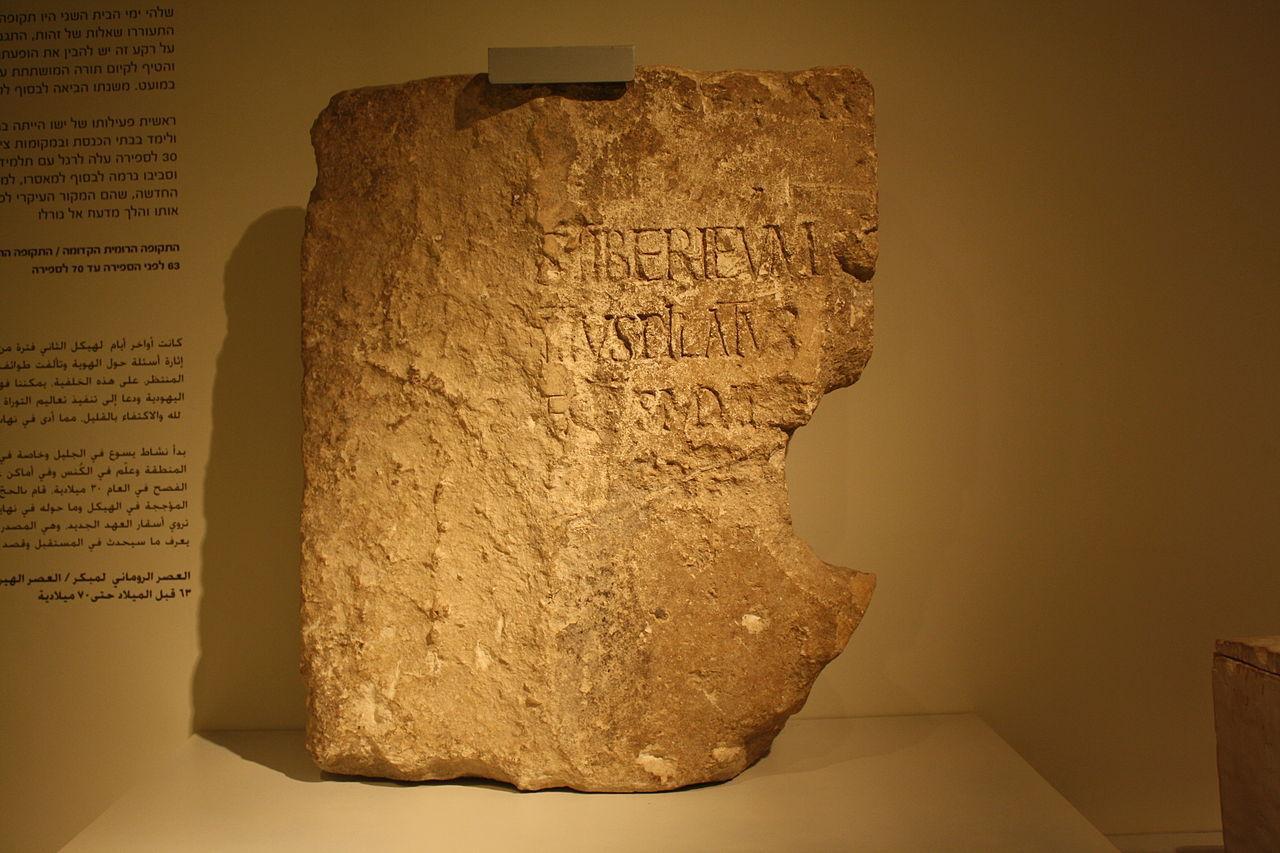
Source: Wikimedia
The artifact bears an inscription in Latin, which researchers suggest mentions Pontius Pilate, who governed Judea under the Roman Empire from 26 to 36 CE. The artifact, which dates back to the first century CE, provides researchers with evidence to suggest that the Roman prefect is a real historical figure.
The Ketef Hinnom Amulets
The Ketef Hinnom Amulets are small silver scrolls discovered in a tomb in the Hinnom Valley, just south of Jerusalem’s Old City, in 1979.
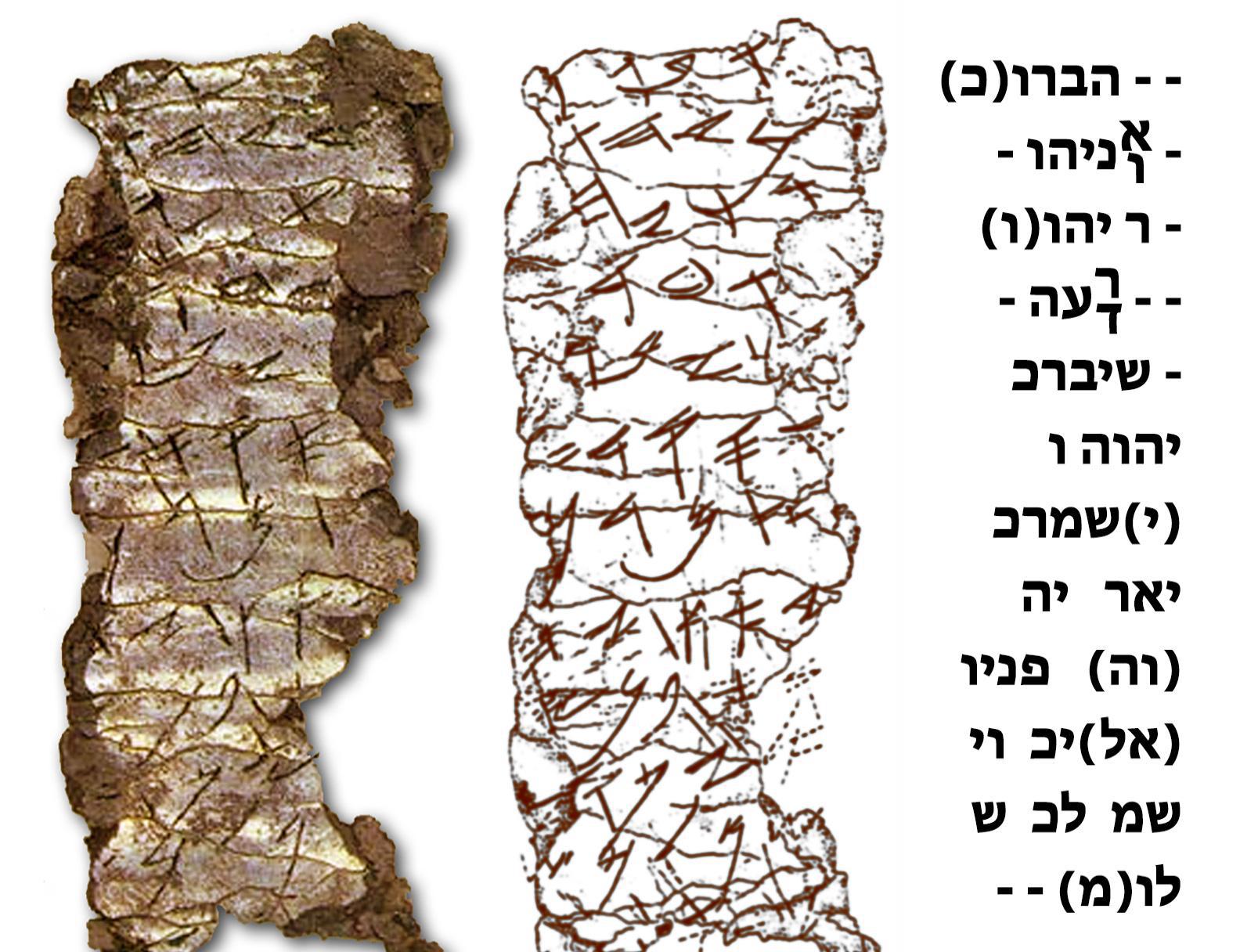
Source: Wikimedia
Inscribed on the tiny amulets in Hebrew are fragments of biblical texts, including a section from the Book of Numbers. According to researchers, the artifacts date back to the 7th century BCE.
The Crucified Man
The Crucified Man refers to the skeletal remains of a man named Yehohanan, who was crucified sometime around the 1st century CE.
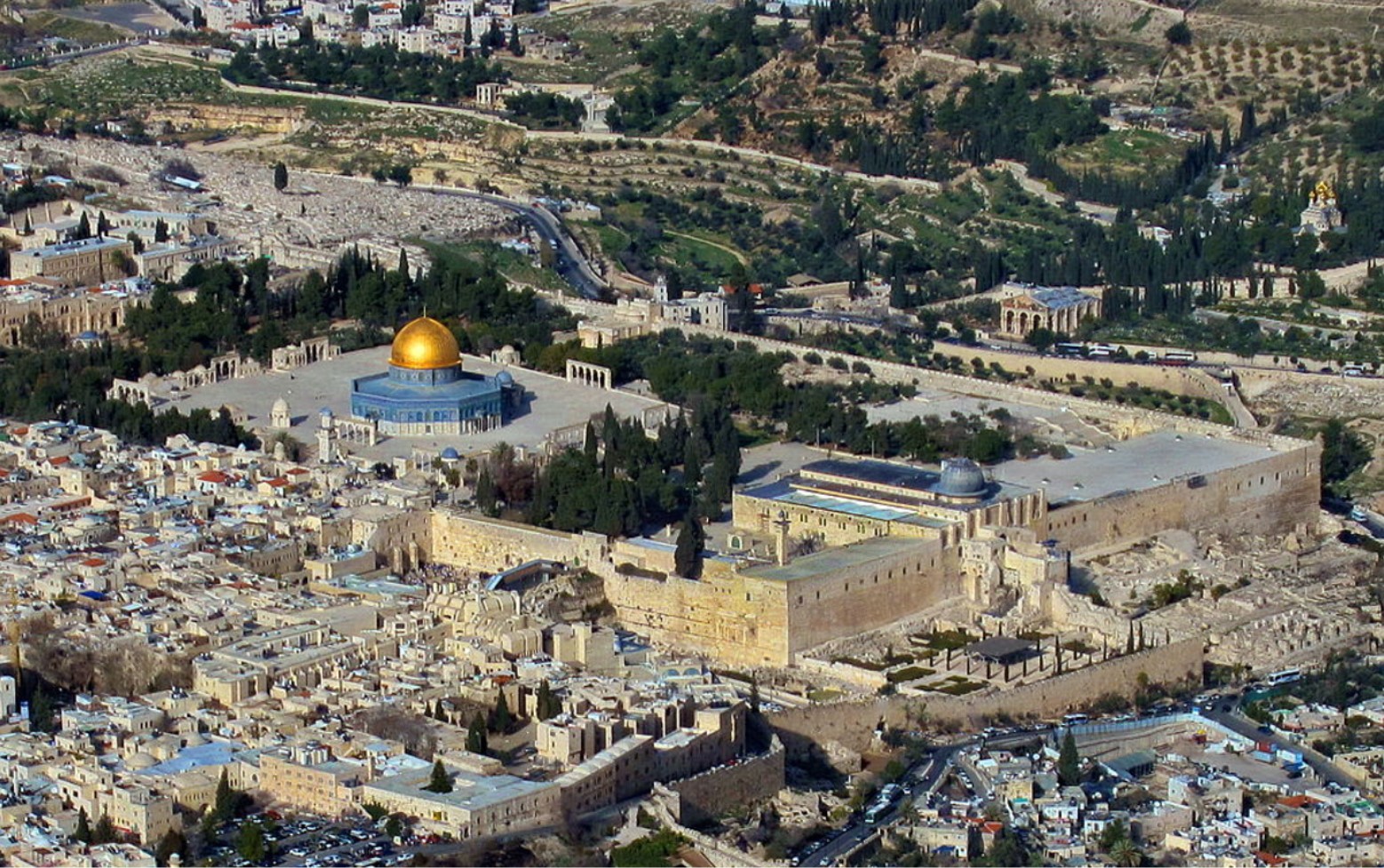
Source: Wikipedia
Discovered in a tomb in Jerusalem in 1968, Yehohanan was found with a long metal nail pierced through his heel bone. The discovery is unique as it provides researchers with rare evidence of crucifixion from the Roman era.
Yahweh and His Asherah
The discovery of pottery fragments dating back to the 8th century BCE led researchers to a fascinating region. Painting with inscriptions, it made reference to “Yahweh of Samaria and his Asherah.”
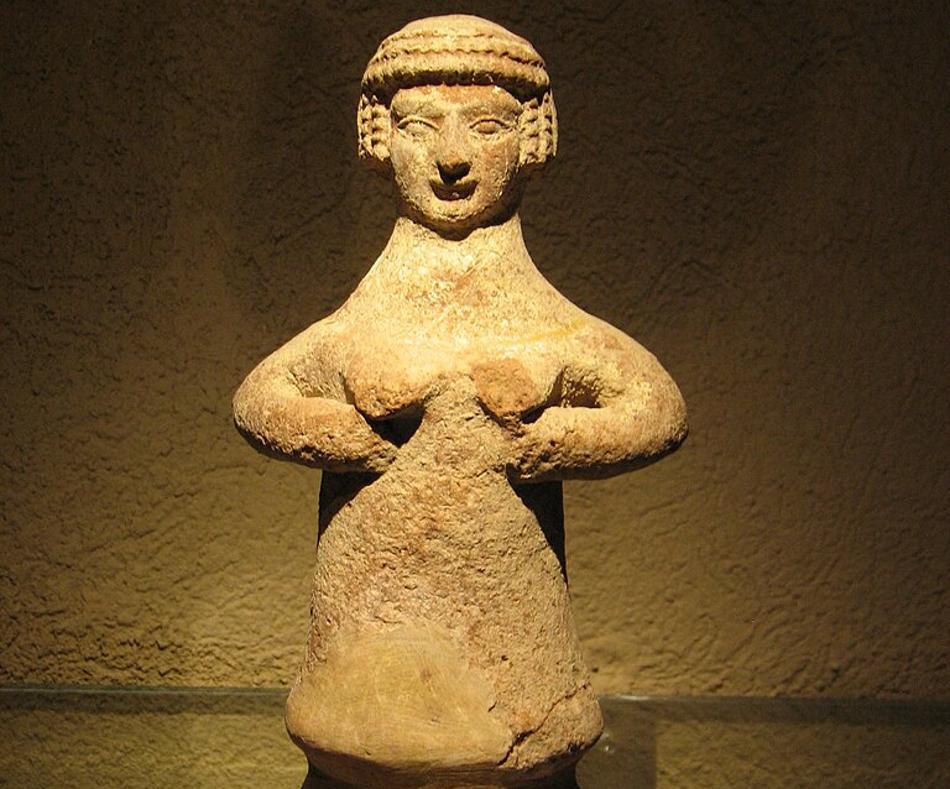
Source: Wikimedia
According to researchers, the inscriptions provide evidence to suggest Asherah was a goddess and consort of Yahweh, alluding to the idea that the couple was worshipped as a divine pair by the ancient Israelites.
The Pool of Siloam
The Pool of Siloam is a collection of rock-cut pools located just beyond the walls of Jursalem’s old city. According to the Gospel of John, Jesus healed a blind man within its vicinity.
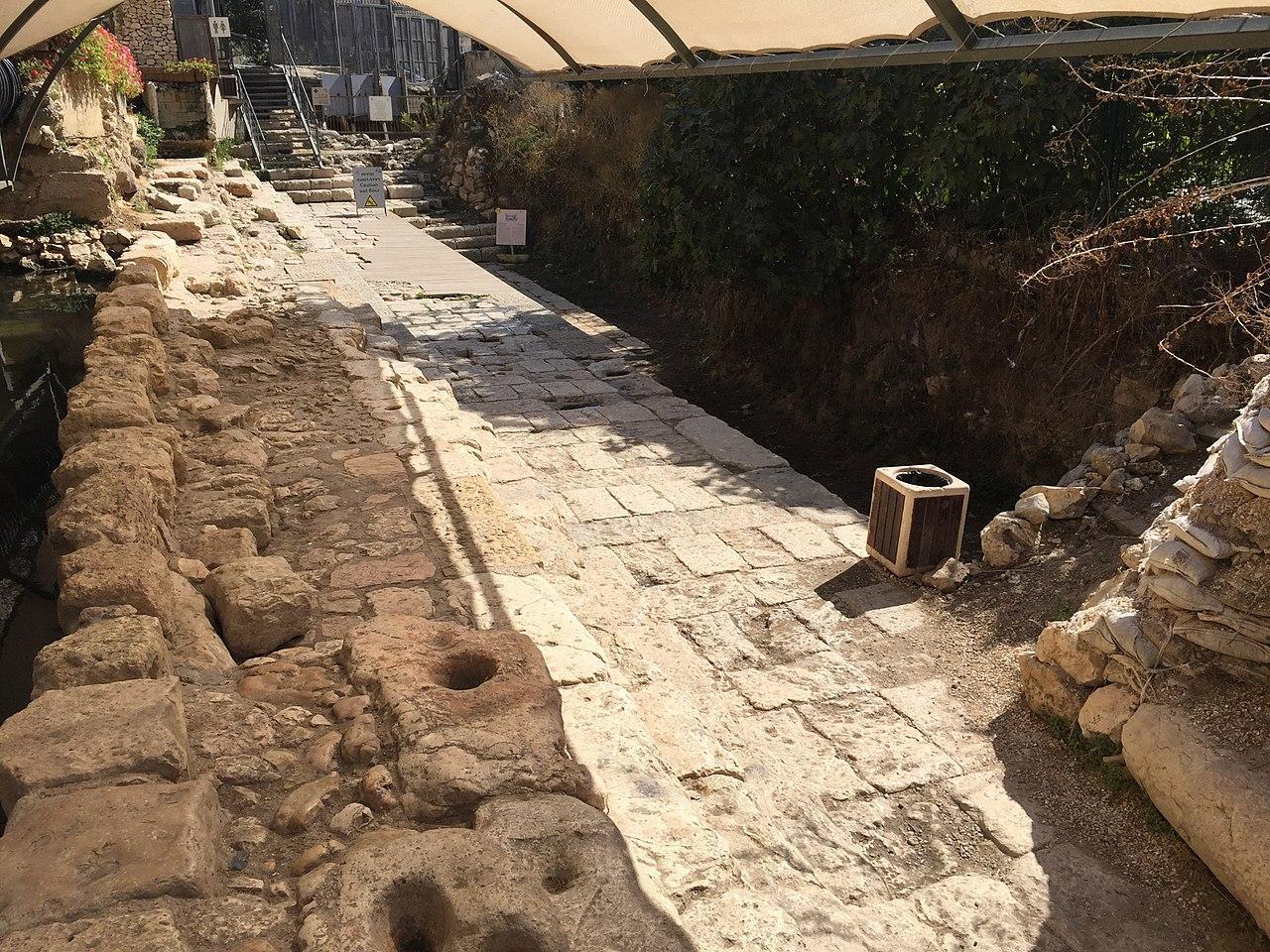
Source: Wikimedia
Excavations conducted at the site in 2004 concluded that portions of the site date back to the era of Jesus, suggesting there’s evidence to support the biblical account.
Archaeologists Continue to Hunt for Answers
Biblical archaeologists believe many of the previously mentioned artifacts and sites of interest provide valuable evidence, suggesting that many of the written accounts in the Bible were based on real historical events.
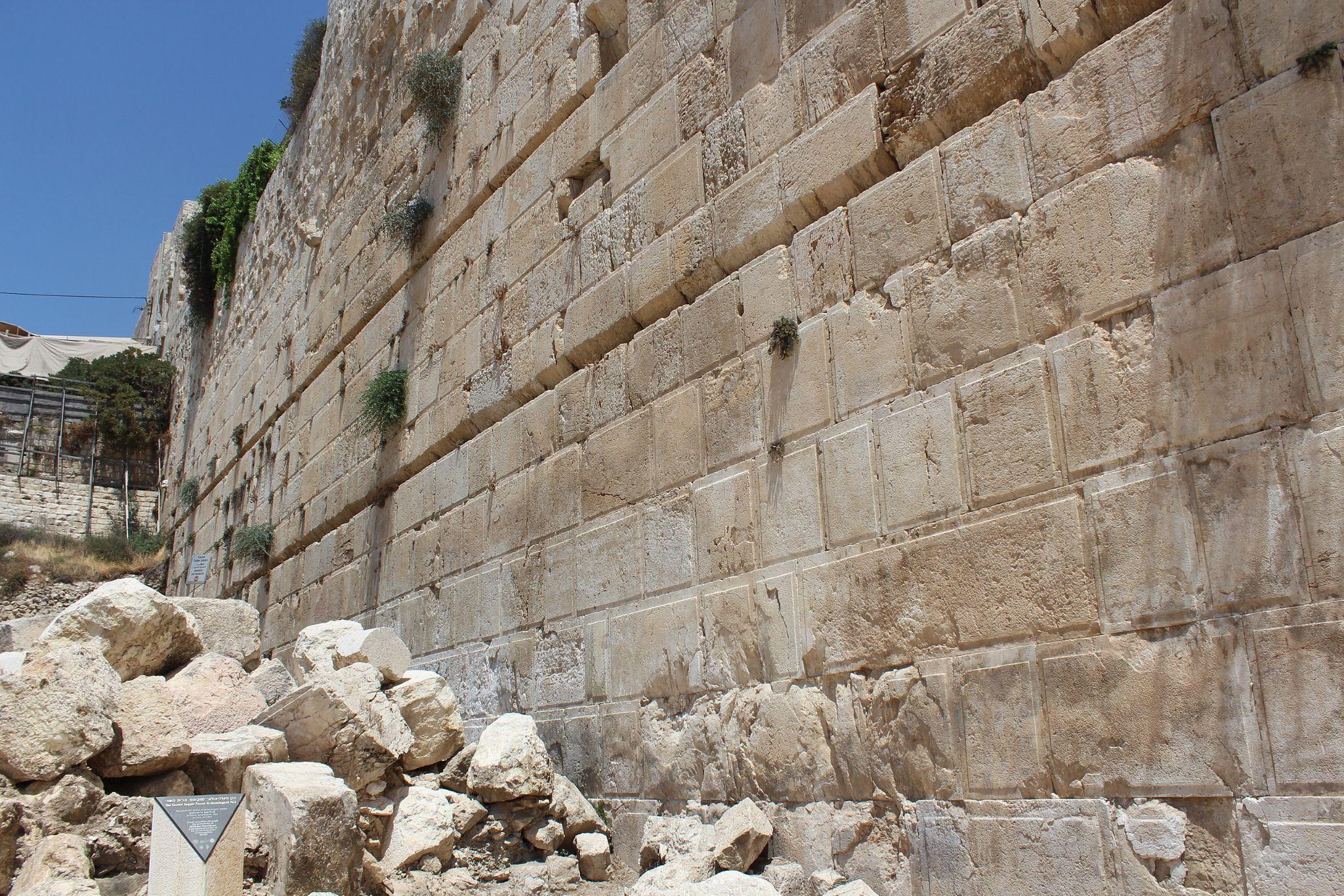
Source: Wikimedia
Despite the progress made, researchers are well aware that their work is far from done. They will continue to excavate sites mentioned throughout the Bible in an attempt to shed light on the era of prophets, hoping to expand further on the work done in the previous century.
